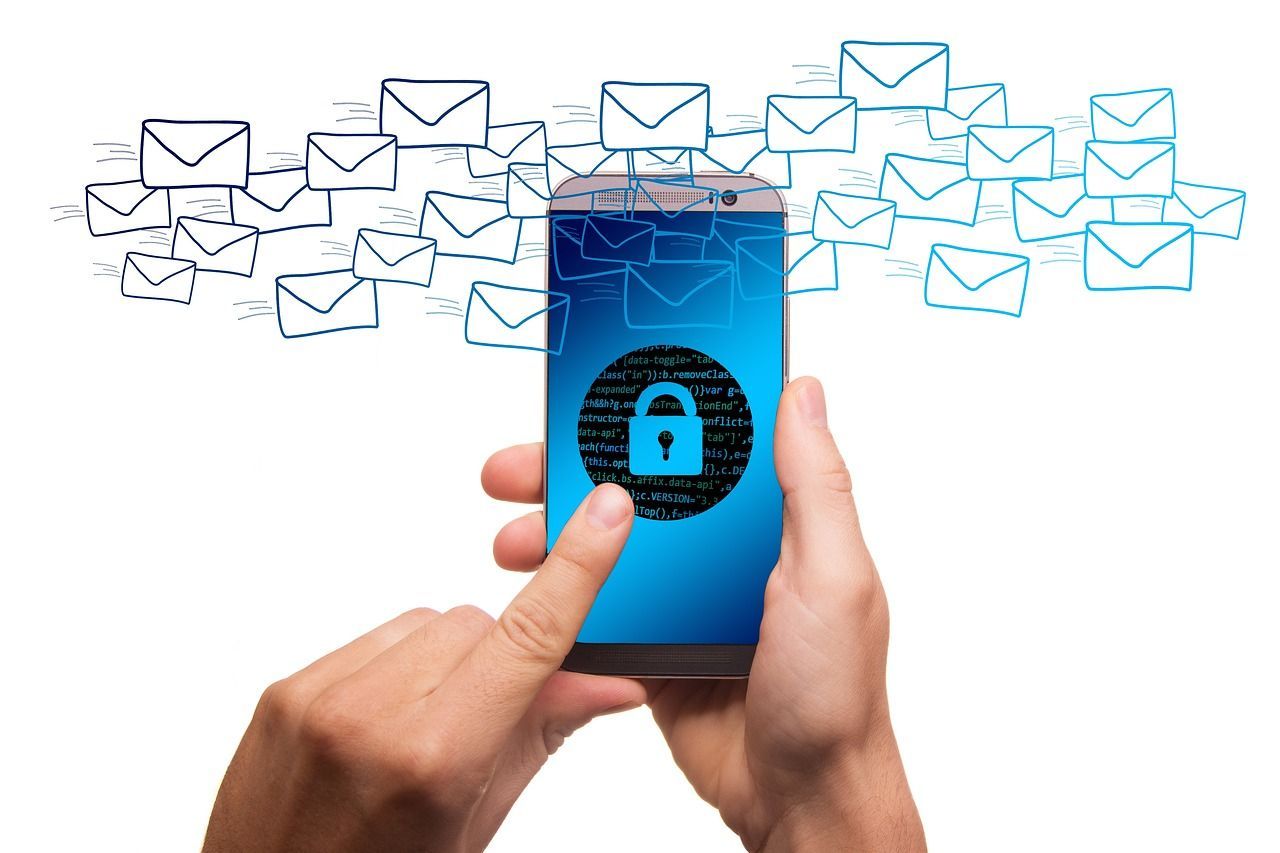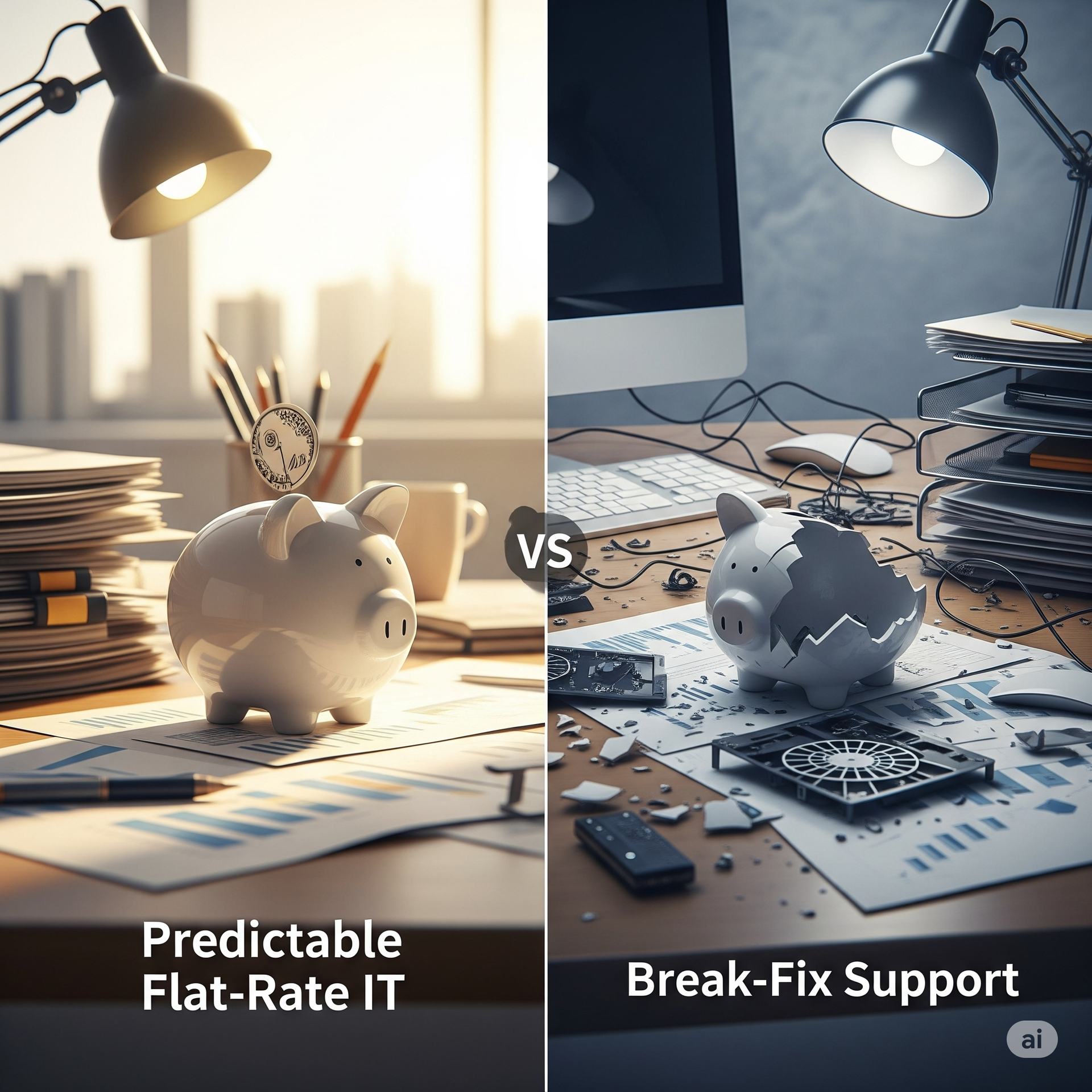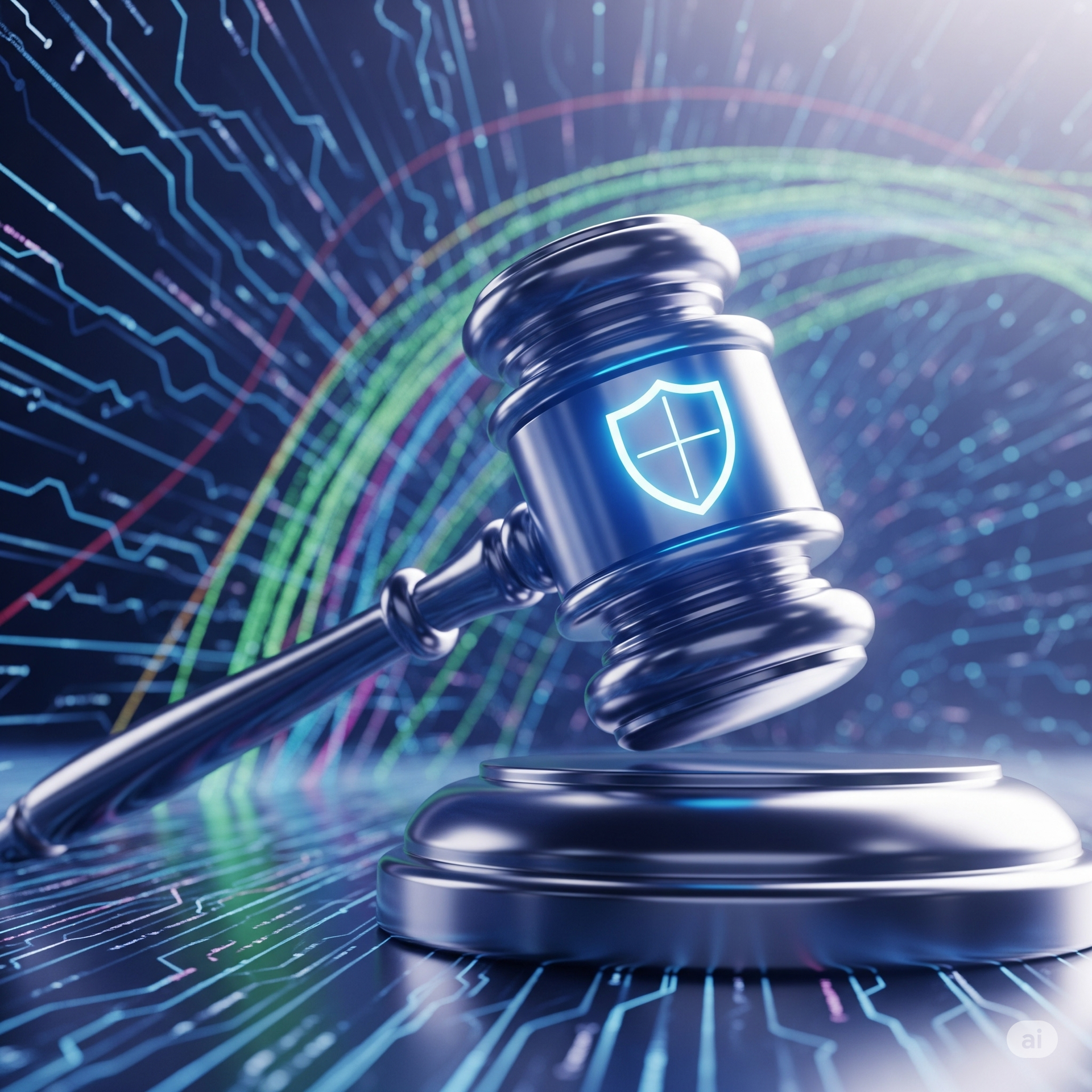Securing Your Company's Data in a Hybrid Work Environment
Securing Your Company's Data in a Hybrid Work Environment

Understanding the Dynamics of Hybrid Work Environments
The modern workspace is undergoing a transformation with the rise of hybrid work environments, where employees split their time between the office and remote locations. This new model provides flexibility but also introduces unique security challenges. Traditional office-bound IT infrastructures are now supplemented with home networks and mobile devices, increasing the potential for security vulnerabilities and data breaches. As companies adapt to this shift, it is crucial to reassess security strategies to cover every possible point of vulnerability. Securing your company's data in this mixed environment involves not only robust technological solutions but also creating a culture of security awareness amongst employees. The necessity for secure access protocols, data encryption, and continuous monitoring becomes imperative as businesses navigate this dual workplace structure. By understanding the intricacies of hybrid work environments, organizations can begin to delineate clear policies and invest in technologies that protect sensitive information irrespective of where employees choose to work, ensuring comprehensive data security across all settings.
Implementing a Layered Security Approach
In confronting the challenges presented by hybrid work settings, a layered security approach is one of the most effective defensive strategies businesses can deploy. This involves integrating multiple security measures that complement each other to form a cohesive and robust defense system. Key components of a layered security strategy include endpoint protection for both company-issued and personal devices, secure virtual private networks (VPNs) that encrypt data transmitted over the internet, and access controls that enforce identity verification before granting access to sensitive company resources. Additionally, integrating centralized management systems can facilitate the monitoring of security measures across diverse environments and devices. By incorporating these distinct yet interrelated security solutions, businesses can establish multiple lines of defense, effectively reducing the risk of unauthorized access and data breaches. This methodology not only protects against external threats but also mitigates risks associated with insider threats by controlling and auditing all access points to company data and systems.
Developing a Security-Conscious Culture
The human factor is often the weakest link in the security chain, which makes cultivating a security-conscious culture essential in hybrid work environments. Employee education and engagement are vital components of this cultural shift. Regular training sessions should be implemented to raise awareness about potential security threats, such as phishing, ransomware attacks, and the importance of maintaining stringent password practices. These educational initiatives can empower employees to recognize and respond to potential security threats proactively. Also, fostering an environment where security is prioritized in everyday operations can lead to more vigilance and a shared sense of responsibility among staff members. Encouraging secure practices, such as locking devices when unattended, regularly updating software, and using encrypted communication channels, are practical steps that contribute significantly to a robust security culture. This proactive stance not only enhances overall security posture but also ensures that employees remain vigilant and critical of potential threats, irrespective of their work location.
Leveraging Advanced Technologies for Enhanced Security
The landscape of cybersecurity is ever-evolving, with technological advancements offering new ways to protect company data in hybrid work environments. Leveraging cloud-based security solutions is becoming increasingly popular due to their scalability and advanced threat detection capabilities. Through the use of artificial intelligence and machine learning, these solutions can analyze vast amounts of data in real-time, identifying and neutralizing threats with greater speed and accuracy than traditional methods. Cloud security solutions also offer seamless integration with existing IT infrastructure, facilitating a smooth transition to more advanced systems without disrupting operations. Additionally, implementing zero-trust architecture ensures that every request for access, regardless of its origination, is scrutinized and validated as if it came from an open network, further safeguarding company data against infiltration. By adopting these advanced technologies, businesses can enhance their security resilience, ensuring comprehensive protection across both in-office and remote work environments.
Ensuring Compliance with Security Regulations
In the rapidly changing work landscape, it is crucial for businesses to stay compliant with industry-specific security regulations and standards. Regulations such as the General Data Protection Regulation (GDPR), Health Insurance Portability and Accountability Act (HIPAA), and California Consumer Privacy Act (CCPA) outline stringent guidelines for data protection that must be adhered to, regardless of work environment. Companies must conduct regular audits and risk assessments to identify and address potential compliance vulnerabilities within their hybrid work model. Implementing robust data protection measures, such as encryption and secured communication channels, is part of ensuring both compliance and the safeguarding of client and employee information. Furthermore, partnering with IT providers who specialize in regulatory compliance can provide valuable insights and support in maintaining adherence to these regulations. By prioritizing compliance, businesses not only protect themselves from legal repercussions and fines but also build trust with clients and stakeholders, showcasing a commitment to high standards of data protection and security vigilance.
Partnering with Experts for Ongoing Security Management
In today’s complex hybrid working environments, partnering with cybersecurity experts is increasingly important for managing ongoing security needs. Working with IT support services such as HCS Technical Services allows businesses to access dedicated experts who can provide tailored security solutions and proactive management for continuous protection. This partnership entails regular vulnerability assessments, threat intelligence updates, and the integration of the latest security technologies designed specifically for hybrid workplaces. By relying on experts, firms can focus on their core business activities, confident that their security needs are being handled by seasoned professionals. Additionally, such collaborations offer businesses the benefit of staying ahead of potential threats and receiving strategic advice on improving overall security posture. Experts like HCS Technical Services help ensure that businesses are not only safeguarded against current threats but are also prepared for future challenges. By partnering with experts who remain at the forefront of cybersecurity innovations, businesses can sustain a secure environment that supports productivity and growth in a hybrid work setting.
HCS Technical Services











